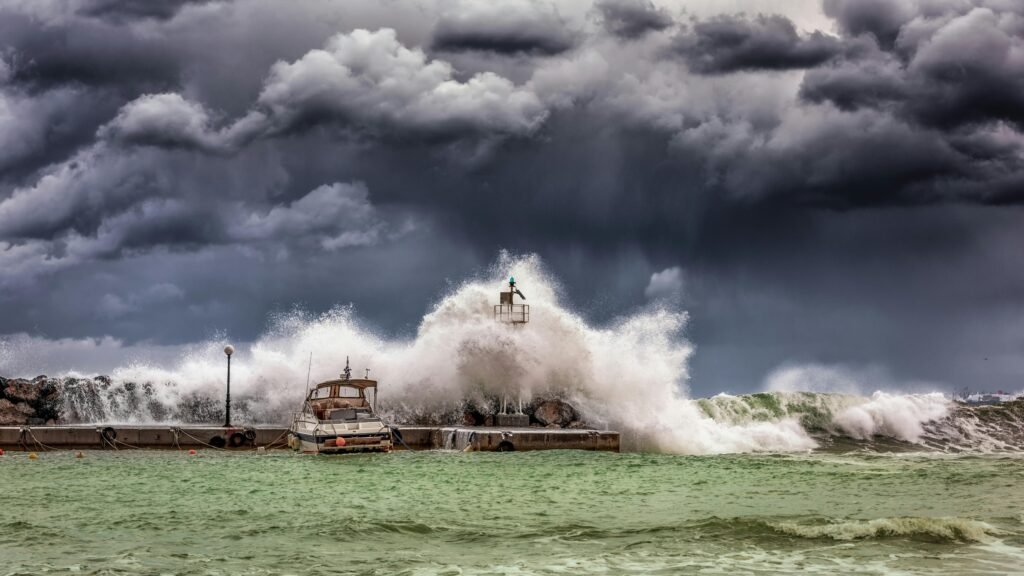
The Earth is full of powerful forces — understanding them helps us stay safe and informed.
Introduction
Natural phenomena are events that occur on Earth without human control. Some are harmless and fascinating, while others can cause severe destruction. By studying these events, we can better prepare ourselves and appreciate the dynamic nature of our planet.
- Earthquakes
Earthquakes are sudden shaking of the ground caused by the movement of tectonic plates or volcanic activity.
Example: The 2004 Aceh Earthquake.
Impact: Building collapse, loss of life, and potential tsunamis. - Volcanic Eruptions
Volcanic eruptions occur when magma from beneath the Earth’s crust reaches the surface.
Example: Mount Merapi Eruption, Indonesia.
Impact: Lava flows, ash clouds, pyroclastic flows, and permanent changes in the landscape. - Tsunamis
A tsunami is a series of massive ocean waves usually triggered by underwater earthquakes, volcanic eruptions, or landslides.
Example: The 2004 Indian Ocean Tsunami.
Impact: Coastal destruction, severe flooding, and heavy casualties. - Tropical Cyclones and Hurricanes
These are powerful rotating storms that form over warm ocean waters. They are called hurricanes, typhoons, or cyclones depending on the region.
Example: Typhoon Haiyan in the Philippines.
Impact: Strong winds, torrential rainfall, flooding, and widespread infrastructure damage. - Floods and Landslides
Floods: Occur when water overflows onto normally dry land, often due to heavy rain or poor drainage.
Landslides: The movement of soil and rock down a slope, often triggered by rainfall or seismic activity.
Impact: Property destruction, agricultural damage, and serious threats to human safety.
Conclusion
Natural phenomena remind us of the immense power of Earth’s forces. While they can bring about devastation, understanding their causes and impacts enables us to build resilience, minimize risks, and appreciate the complex systems that shape our planet.
